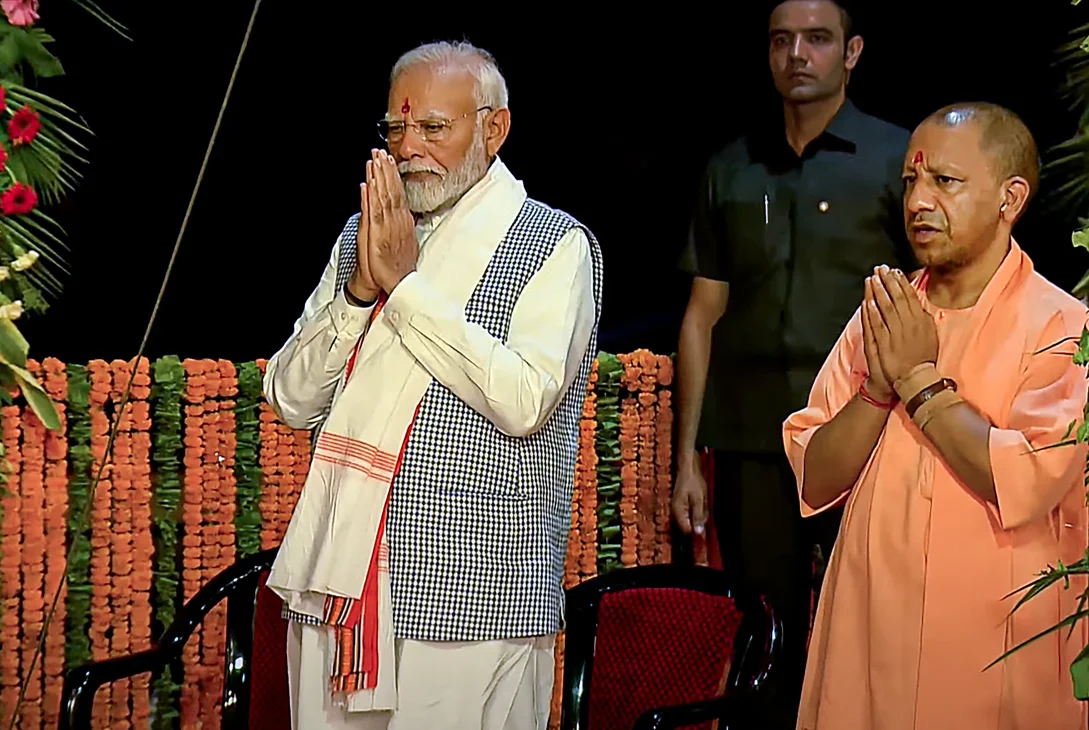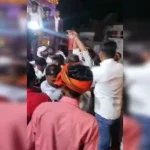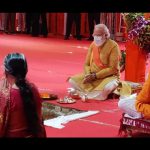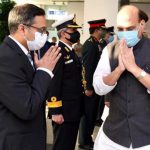India’s ruling Bharatiya Janata Party (BJP), led by Prime Minister Narendra Modi, faced a surprising defeat in Uttar Pradesh (UP), a state considered its political stronghold. Despite its previous victories in 2014 and 2019, where it won 71 and 62 seats respectively, the BJP’s dominance has been shaken. The reasons behind this loss lie in growing public dissatisfaction over issues like unemployment, inflation, and concerns from marginalized communities, including Dalits and Muslims.
Rising Unemployment and Economic Frustration
A key factor contributing to the BJP’s decline in UP was the public’s frustration over a lack of job opportunities. High unemployment rates, coupled with soaring inflation, stirred discontent among voters, even those who had traditionally supported the BJP. Many felt let down by the government’s failure to deliver on economic promises.
Dalit and Muslim Voters Shift Support
The BJP’s push for a larger parliamentary majority sparked fears among Dalits and Muslims. Dalit communities, in particular, were concerned about potential changes to the constitution that could affect their rights, such as job reservations and other protections. Despite the BJP’s denial of any such intentions, these fears drove many Dalit voters to align with the opposition INDIA alliance, a coalition led by the Congress Party and Samajwadi Party.
Modi’s campaign comments referring to Muslims as “infiltrators” further alienated the community, which constitutes nearly 20% of UP’s population. This resulted in significant Muslim support for the opposition alliance.
Disillusionment in Key Constituencies
Even in key areas like Ayodhya and Varanasi, where the BJP had previously enjoyed strong backing, voters expressed disappointment. While Modi’s administration made infrastructural improvements, such as highways and temple developments, many residents, including those in Modi’s own constituency, felt these changes didn’t benefit them directly. Concerns about unemployment and the perceived loss of the city’s traditional identity also fueled voter discontent.
Opposition’s Smart Strategy
The opposition INDIA alliance effectively capitalized on these concerns, uniting Dalits, Muslims, and other marginalized groups under one banner. Their strategy of framing the BJP’s potential 400-seat majority as a threat to constitutional protections resonated with many voters, leading to a significant shift in support.
In the end, the BJP managed to win only 33 seats in UP, with its allies securing three more. This result, coupled with losses in other states like Maharashtra, forced the BJP to rely on its coalition partners to form a government, marking a significant blow to its ambitions of retaining a strong national majority.
Conclusion
The BJP’s loss in Uttar Pradesh serves as a reminder that issues like unemployment, inflation, and community fears can significantly influence election outcomes. Despite its previous dominance, the party now faces the challenge of addressing these concerns to regain voter trust in future elections.















